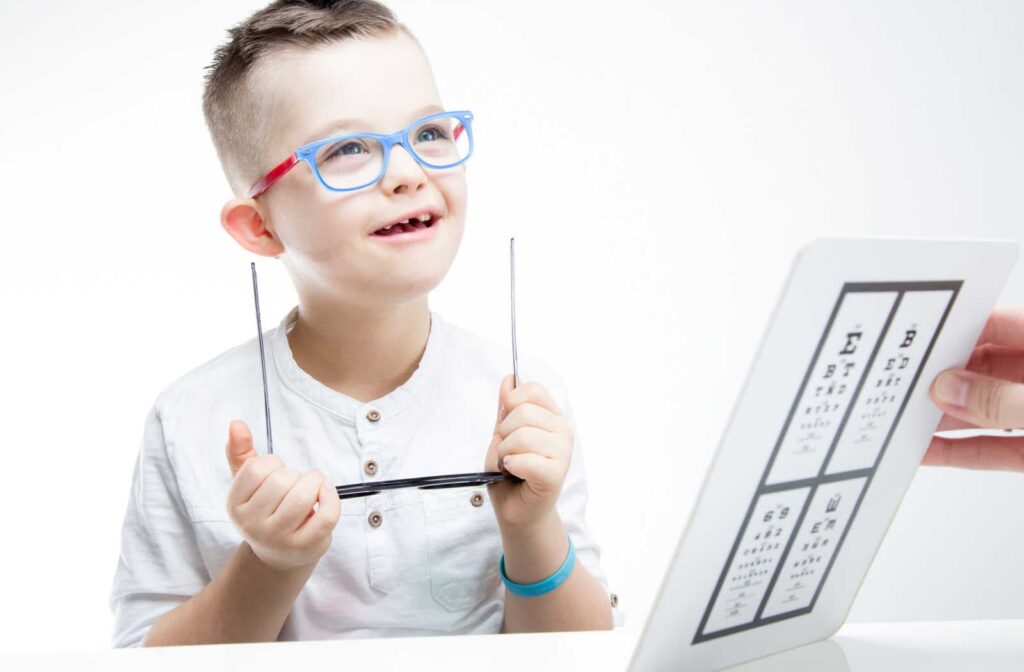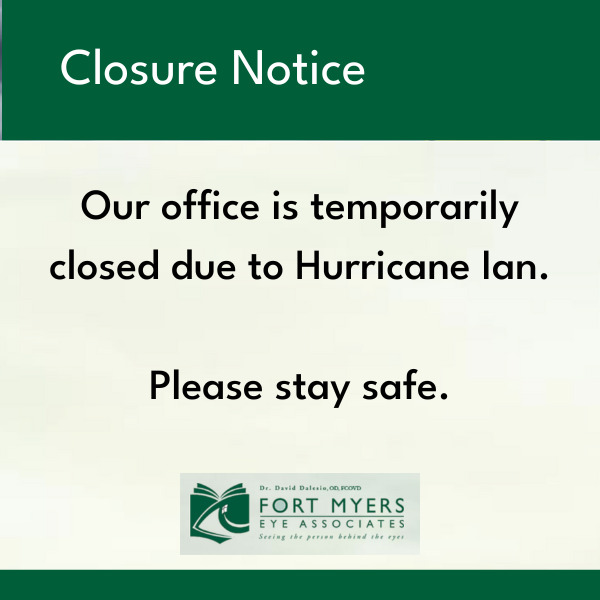Your eyes and brain are naturally designed to work together to help you see a clear image of what’s around you, so you can react appropriately based on that information. How the brain and eyes work together impacts how people learn, their hand-eye coordination, and their brain’s ability to process visual information.
If you’re struggling with your vision, vision therapy may help.
Vision therapy refers to a series of prescribed learning and visual tasks and activities that train the brain and eyes to work together. These tasks build visual skills and help the brain process visual information.
Vision therapy exercises are an excellent idea for both adults and children struggling with visual processing. We can help treat eye conditions such as eye turns (strabismus) and lazy eye (amblyopia).
Schedule a comprehensive eye exam today to speak with a caring professional and see if vision therapy is a good idea for you or your loved one.
What Is Vision Therapy?
Vision therapy is the term applied to a series of programs, exercises, and tasks designed to build visual skills and abilities. The person receiving vision therapy is guided through personalized exercises by an optometrist. These tasks are specially designed to help train different visual functions, like the eye’s ability to track moving objects or focus on objects at different distances.
Some vision therapy tasks may include:
- Reading and writing exercises and games—helps build hand-eye coordination.
- Brock String exercise—trains eye coordination at different distances.
- By looking directly at a string lined with beads at varying distances, an optometrist can help train your eyes’ ability to converge and diverge to focus clearly on objects at differing distances.
- Vectograms—used to help your eyes converge and diverge properly to train focus on nearby objects.
- Letter tracking—trains several different visual processes, including your short-term visual memory, the eye’s ability to differentiate between objects that look similar or different, word recognition, peripheral vision, and how the eye precisely jumps small distances (like when reading).
- Prism jumps—1 eye gets covered, and the other looks at an object as a prism is moved in front of the eye. Looking through this prism changes where your eye perceives the object to be, training your eye’s ability to track a moving object.
- Crazy walk—trains the brain’s ability to use both sides of the body separately and simultaneously. (You can see an example of this exercise here.)
- Peg Rotator—trains visual tracking. By looking at a rotating pegboard with different shapes on it (using changing speeds and different shapes) the eye and brain are trained to aim at different points in space to track moving objects and shapes. This helps build hand-eye coordination and helps with visual tracking.

How Do You Know If You Need Vision Therapy?
As children grow older, they require more and more from their vision. Learning different pattern recognitions, shapes, letters, or physical abilities all require visual skills that are naturally built over time. But if there’s a problem with their vision that interferes with their visual development, it may be time to look into vision therapy.
If your child has any of these symptoms, you should schedule a children’s eye exam for them so an optometrist can determine if vision therapy can help:
- They skip lines or words when reading
- They have headaches when reading or writing
- They write or read at an angle
- They’re constantly rubbing their eyes, or closing 1 to focus better when they read
- They have a poor attention span when learning, whether at school or when doing homework
- They suffer from blurry or poor vision
- They hold books or paper too close to their face when reading or writing
- They can read or write well but struggle with understanding or comprehending the information
- They have poor hand-eye coordination or constantly trip or fall
- They have a habit of blinking excessively
For adults, many of these symptoms are the same. If you suffer from any of these symptoms yourself, you should schedule an eye exam with your optometrist and see whether vision therapy can help.
Where to Get Vision Therapy
Speak with one of our caring professionals about vision therapy here at Fort Myers Eye Associates. We perform personalized vision therapy in-office under the supervision of our optometrist.





